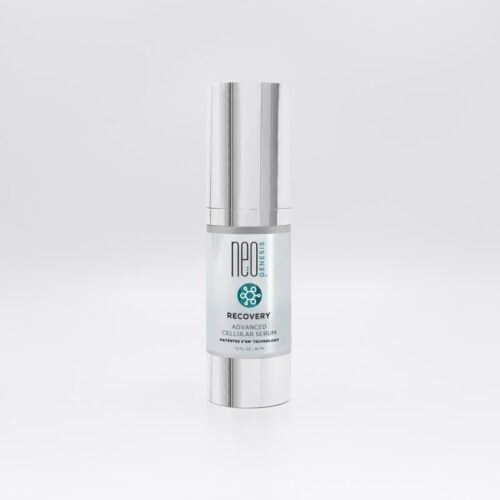Shingles
NeoGenesis products can help to support the skin during and after a shingles outbreak to reduce discomfort and lessen the chance of complications by delivering nutrients that calm and soothe the skin. Applying NeoGenesis S²RM® two to four times daily can provide relief from a shingles outbreak, strengthen the skin for better recovery, and reduce the appearance of discoloration.
BENEFITS
- Delivers healthy nutrients to the skin
- Calms and soothes the area
- Strengthens the skin for better recovery
- Provides soothing relief
- Reduces the appearance of discoloration
- Restores the skin back to a healthy state
RECOMMENDED PRODUCTS
- Rated 5.00 out of 5$3.50 – $62.50 Select options This product has multiple variants. The options may be chosen on the product page
Mists, Moisturizing Mist, Oncology Friendly, Shop All
Rated 4.98 out of 5$10.00 – $31.00 Select options This product has multiple variants. The options may be chosen on the product page
Acne, Aging Skin, Oncology Friendly, Recovery, Serums, Shop All
Rated 4.96 out of 5$62.00 – $395.00 Select options This product has multiple variants. The options may be chosen on the product page
Aging Skin, Barrier Cream, Barrier Renewal Cream, Moisturizers, Oncology Friendly, Shop All
Rated 5.00 out of 5$10.00 – $187.00 Select options This product has multiple variants. The options may be chosen on the product page
Intensive Moisturizer, Moisturizers, Oncology Friendly, Shop All
Rated 5.00 out of 5$10.00 – $187.00 Select options This product has multiple variants. The options may be chosen on the product page
Body Cream, Moisturizers, Oncology Friendly, Shop All
Rated 4.86 out of 5$6.00 – $104.50 Select options This product has multiple variants. The options may be chosen on the product page
Home Care Protocol
MORNING
STEP 1: Cleanse the area with Cleanser.
STEP 2: Apply Recovery.
STEP 3: Apply Antiviral Gel*.
STEP 4: Apply MB-2*.
AFTERNOON
STEP 1: Apply Recovery.
STEP 2: Apply Antiviral Gel*.
STEP 3: Apply MB-2*.
*Apply Recovery, Antiviral Gel and MB-2 twice in the afternoon, if possible.
EVENING
STEP 1: Cleanse the area with Cleanser.
STEP 2: Apply Recovery.
STEP 3: Apply Antiviral Gel*.
STEP 4: Apply MB-2*.
*Product currently in testing.
*Application of Recovery, Antiviral Gel and MB-2 four times daily is recommended to reduce outbreak time and speed the healing process.
Featured Videos
FAQs
What causes shingles?
Shingles is caused by the reactivation of the varicella-zoster virus (VZV), the same virus that causes chickenpox. After someone recovers from chickenpox—typically in childhood—the virus doesn’t leave the body. Instead, it becomes dormant, hiding in nerve cells near the spinal cord and brain (specifically in the dorsal root ganglia).
Years or even decades later, certain triggers can weaken the immune system and allow the virus to “wake up.” When this happens, the virus travels along nerve pathways to the skin, causing pain, burning, and a blistering rash—the hallmark symptoms of shingles.
Several factors can increase the risk of reactivation, including:
- Aging (especially over age 50)
- Weakened immune system (due to illness, cancer, or medications like chemotherapy or steroids)
- Stress (chronic or severe)
- Fatigue or illness that suppresses immune function
Importantly, you cannot get shingles unless you’ve previously had chickenpox or the varicella vaccine (which contains a weakened form of the virus). People who’ve never had chickenpox can’t get shingles but may contract chickenpox if exposed to someone with active shingles lesions.
What are the first signs of shingles?
Tingling, burning, or pain in a specific area, followed by a painful, blistering rash. Usually the rash appears on one side of the body or face, following a nerve path (dermatome). It’s important to seek medical treatment when the first signs of shingles appear to prevent nerve damage.
How long does shingles last?
Typically 2–4 weeks, though nerve pain (postherpetic neuralgia) can last longer.
How do I relieve shingles pain?
You can try pain medication, cool compresses, oatmeal baths, and prescription medications for nerve pain can help. You can also apply NeoGenesis Recovery to the area for soothing relief as well.










